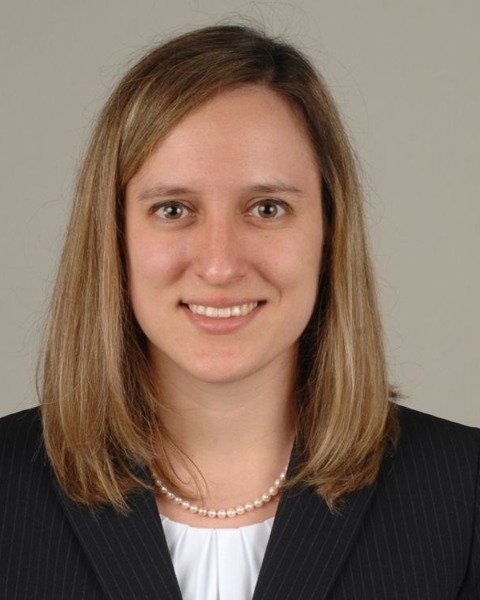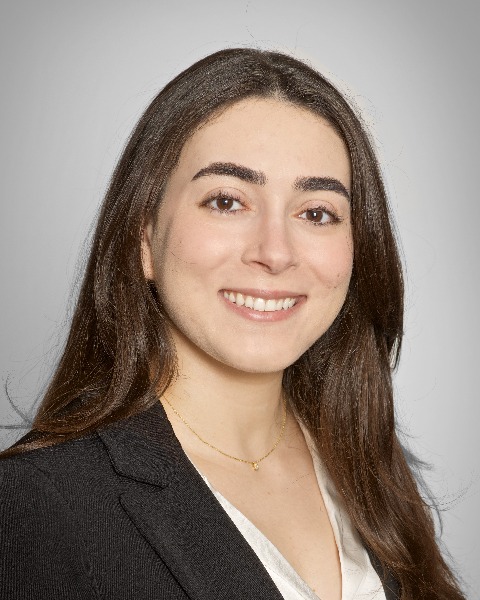Poster Session 2
(415) Defining specific bile acid profiles in intrahepatic cholestasis of pregnancy
.jpg)
Anne M. Ambia, MD
Assistant Professor
University of Texas Southwestern
Dallas, TX, United States- JM
Jeffrey McDonald, PhD
Professor
UT Southwestern
Dallas, Texas, United States 
Yevgenia Y. Fomina, MD
MFM Fellow
University of Texas Southwestern
Dallas, TX, United States
Andrea Rizkallah, MD
Resident
UT Southwestern
Dallas, TX, United States- CW
C. Edward Wells, MD
University of Texas Southwestern Medical Center
Dallas, Texas, United States 
Catherine Y. Spong, MD
Professor and Chair
University of Texas Southwestern Medical Center
Dallas, Texas, United States- DM
Donald D. McIntire, PhD
University of Texas Southwestern Medical Center
Dallas, Texas, United States 
David B. Nelson, MD (he/him/his)
Associate Professor and Division Chief
University of Texas Southwestern Medical Center
Dallas, Texas, United States
Submitting Author and Presenting Author(s)
Coauthor(s)
Study Design: This was a prospective, observational cohort study of pregnant individuals evaluated for ICP from February 2022 to July 2023 a single academic center. Patients were characterized into pruritis of pregnancy (total BA < 10 mmol/L, referent), ICP (BA 10-39 mmol/L), and severe ICP (BA >40 mmol/L) using a quantitative enzymatic assay. At the time of initial evaluation for ICP, an additional blood sample was collected to evaluate for a selection of primary (cholic, chenodeoxycholic), secondary (deoxycholic), glycol-conjugated (glycocholic, glycodeoxycholic, glycolithocholic), and tauro-conjugated (taurocholic, taurochenodeoxycholic, taurodeoxycholic, taurolithocholic) forms of BA. These measurements were conducted using liquid chromatography and mass spectrometry methods.
Results:
There were 39 patients evaluated: 5 with pruritis, 24 with ICP, and 10 with severe ICP. Levels of glycocholic, taurocholic, and taurochenodeoxycholic acids were significantly increased in those with ICP. When comparing patients with ICP to severe ICP, there was an increase in both glycol and tauro-conjugated BA (Figure).
Conclusion: Beyond total BA, patients with ICP have significantly elevated levels of specific BA profiles that offer an important opportunity to better understand the pathophysiology and treatment targets for this enigmatic condition.

